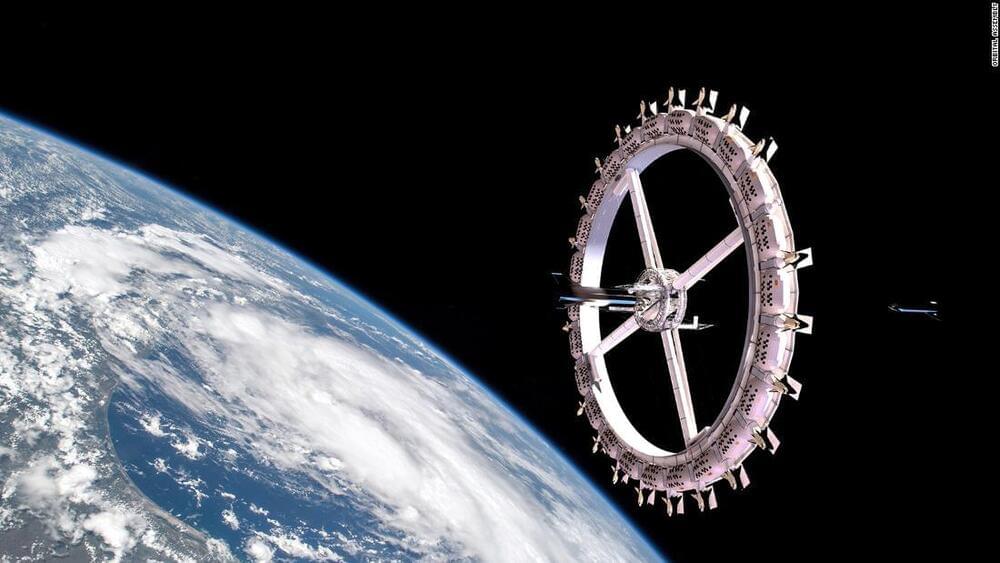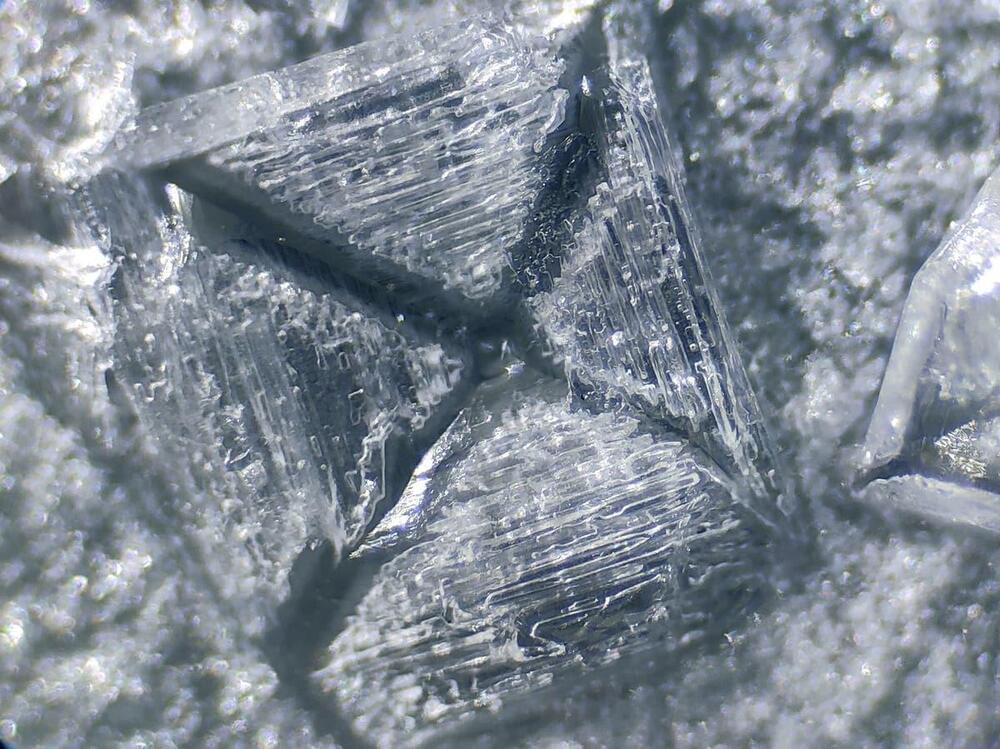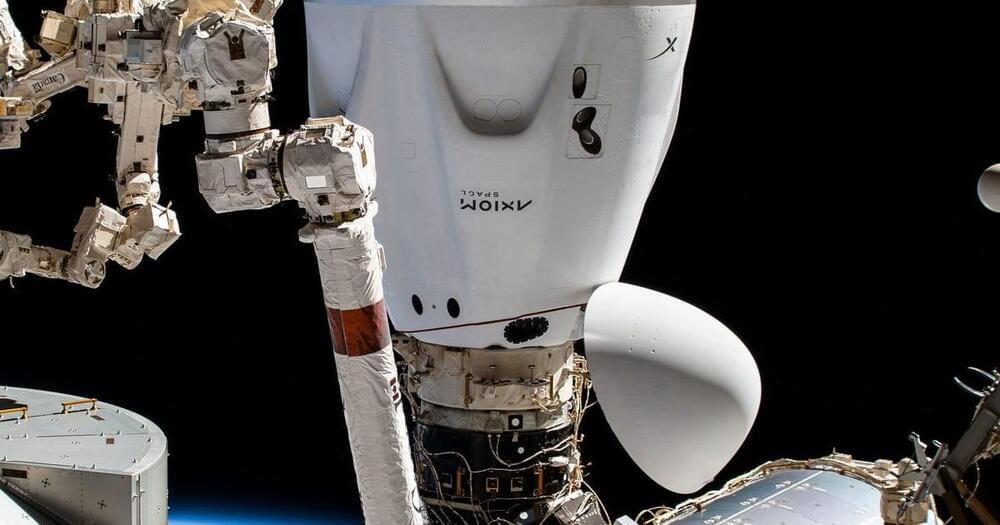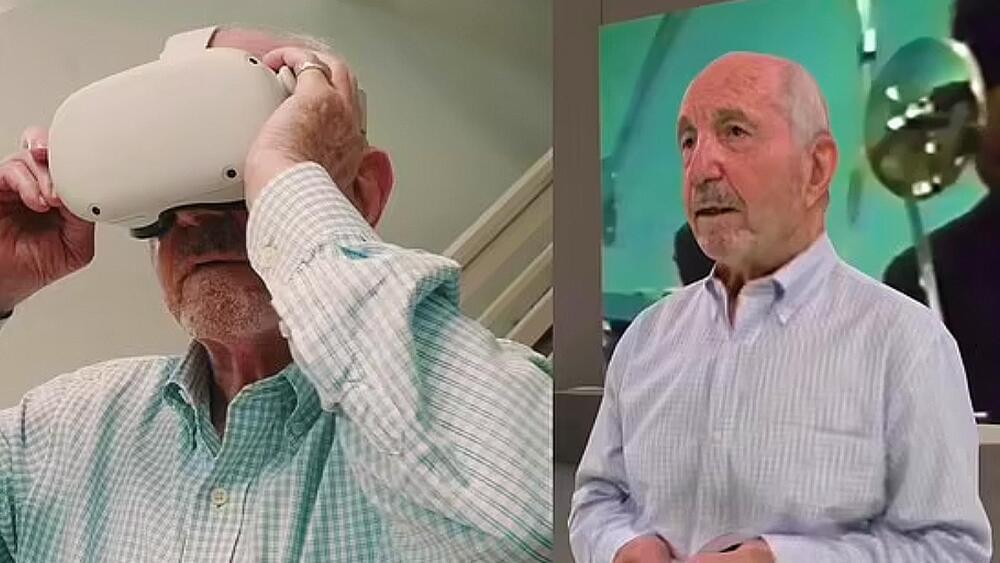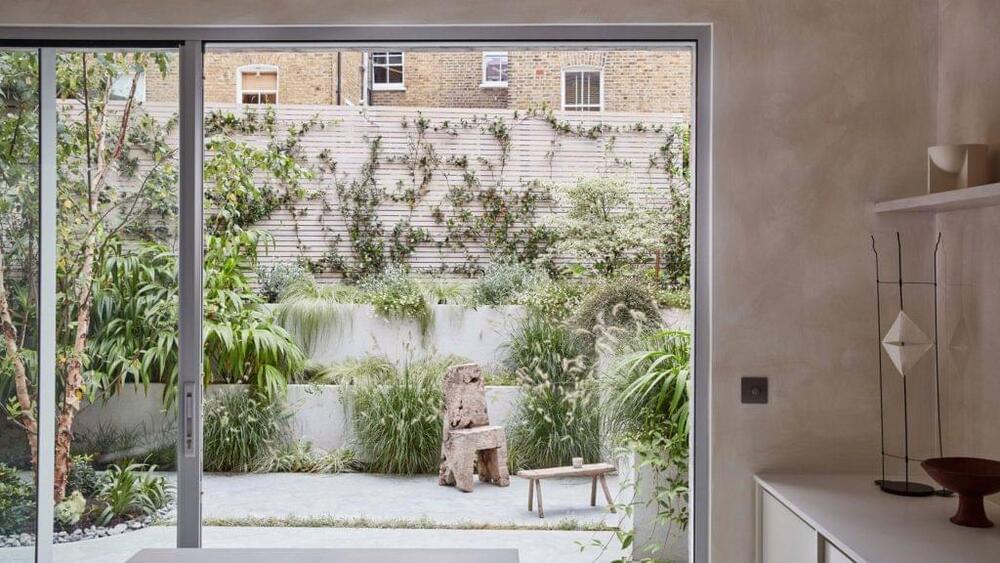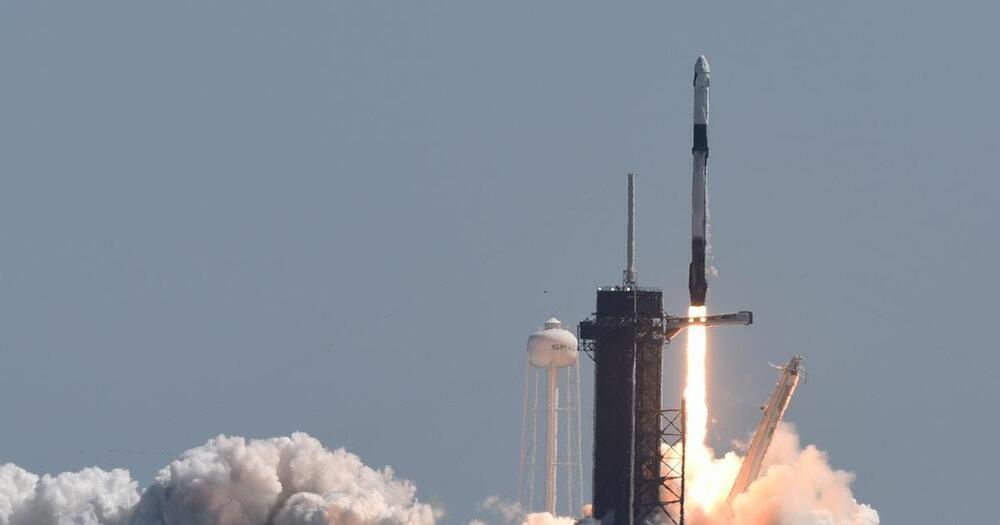May 2, 2022
Inside the space hotel scheduled to open in 2025
Posted by Genevieve Klien in categories: business, habitats, space travel
Orbital Assembly is now aiming to launch not one but two space stations with tourist accommodation: Voyager Station, the renamed original design, is now scheduled to accommodate 400 people and to open in 2027, while new concept Pioneer Station, housing 28 people, could be operational in just three years.
The goal, says Orbital Assembly, is to run a space “business park” home to offices as well as tourists.
Space tourism seems closer than ever before — over the past year, billionaire Virgin founder Richard Branson blasted into suborbital space with his company Virgin Galactic, while Star Trek actor William Shatner became the oldest person in space thanks to a jaunt with Blue Origin.
